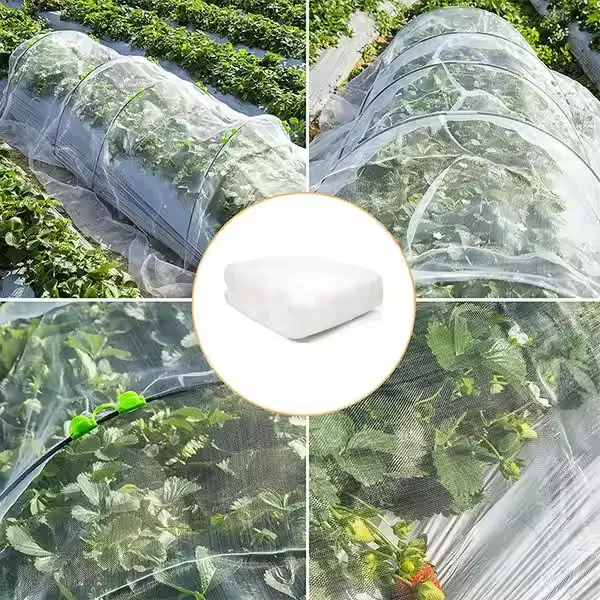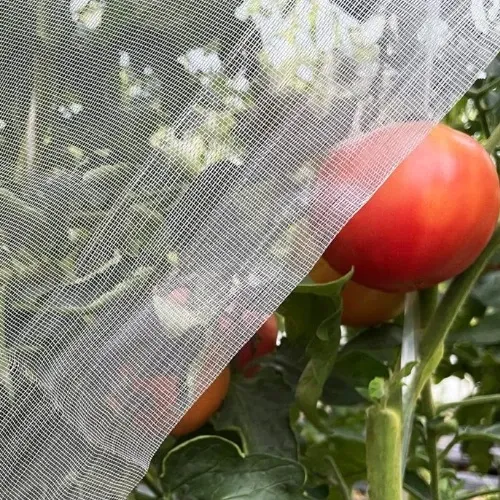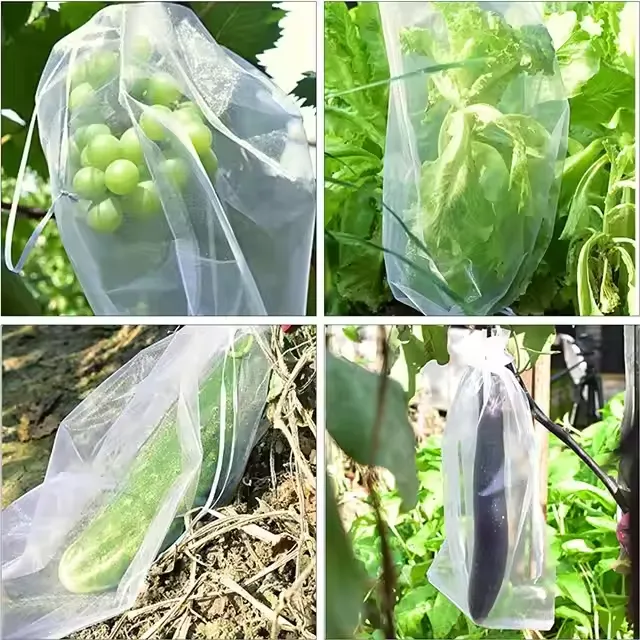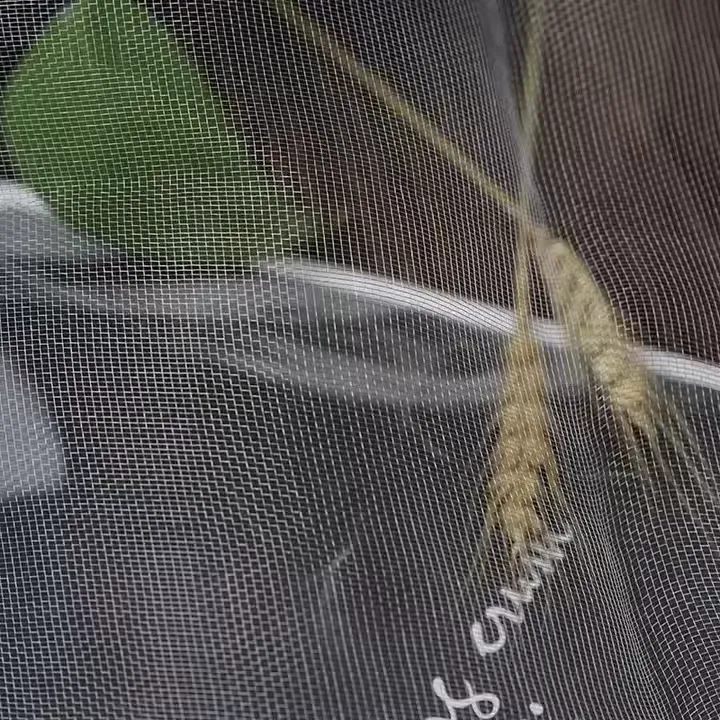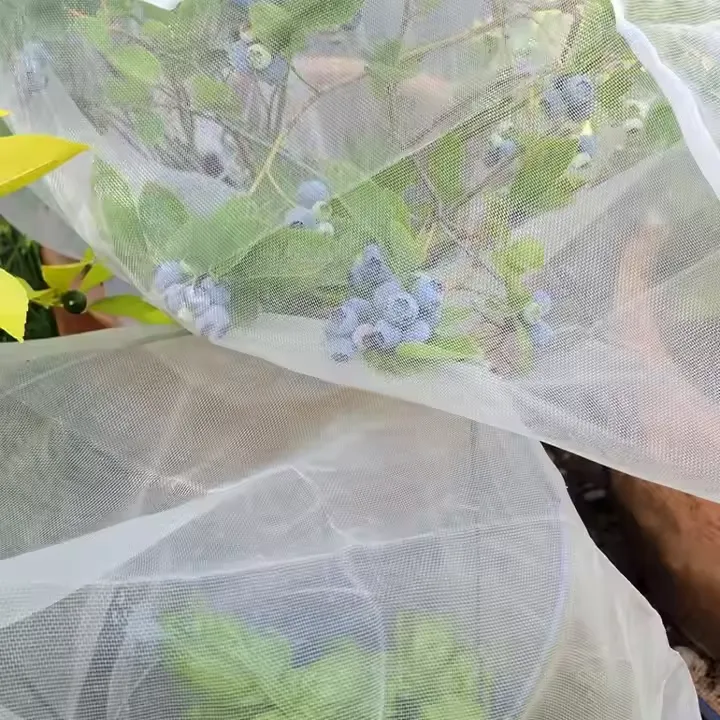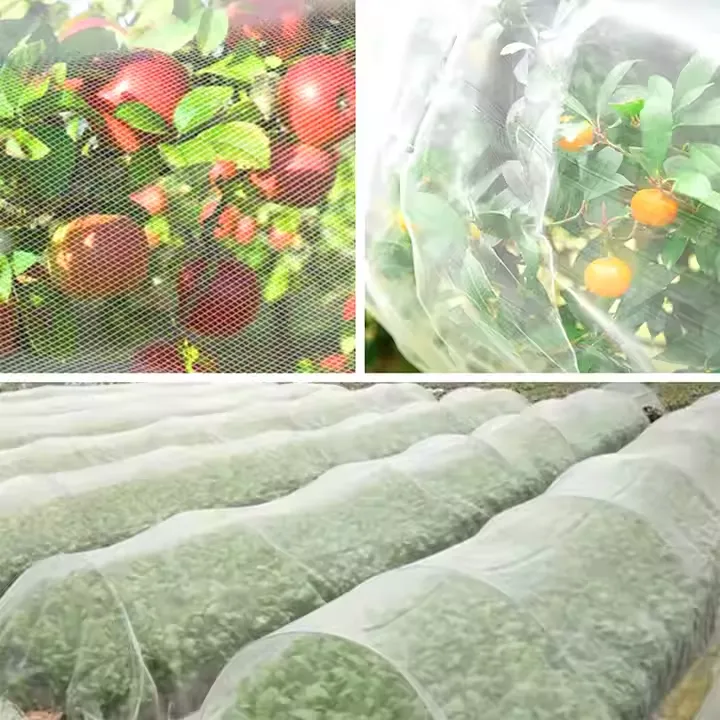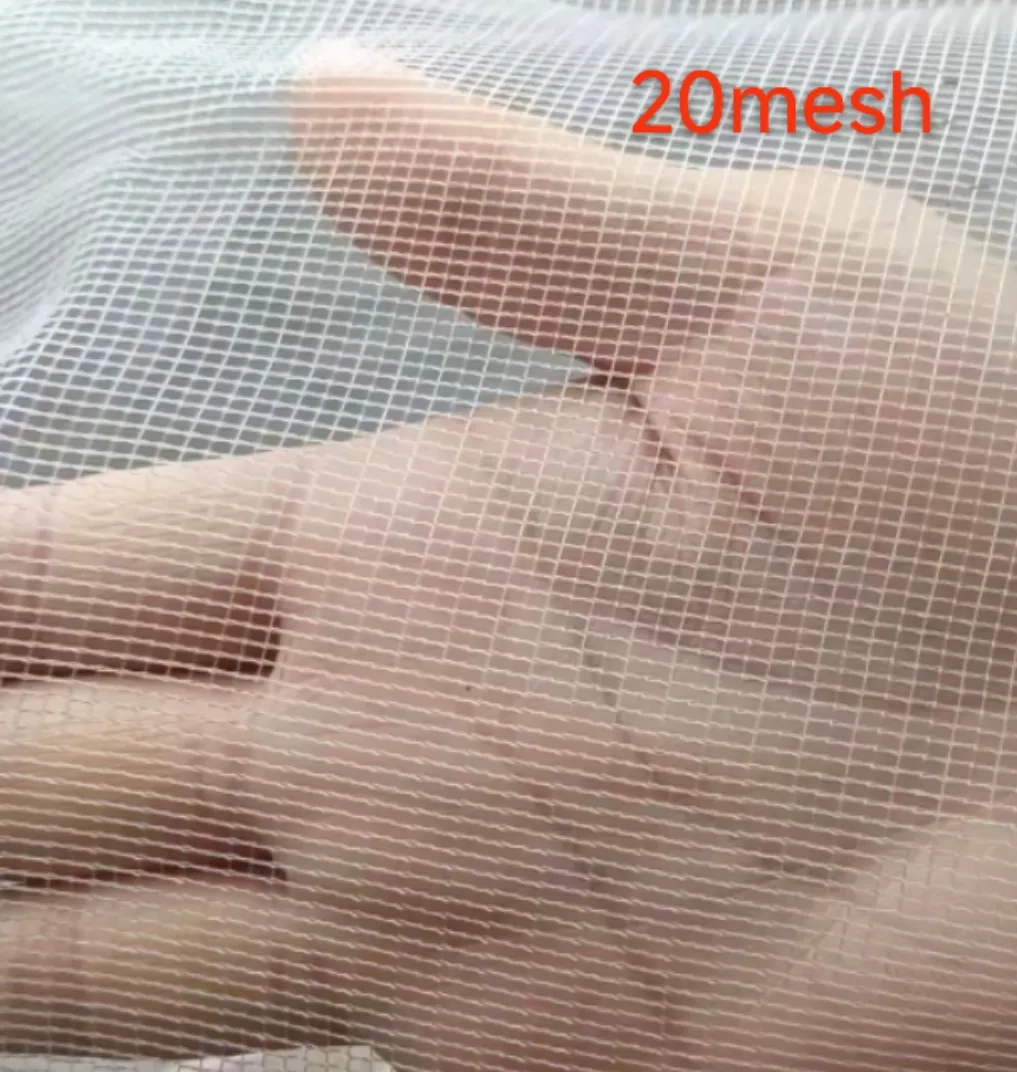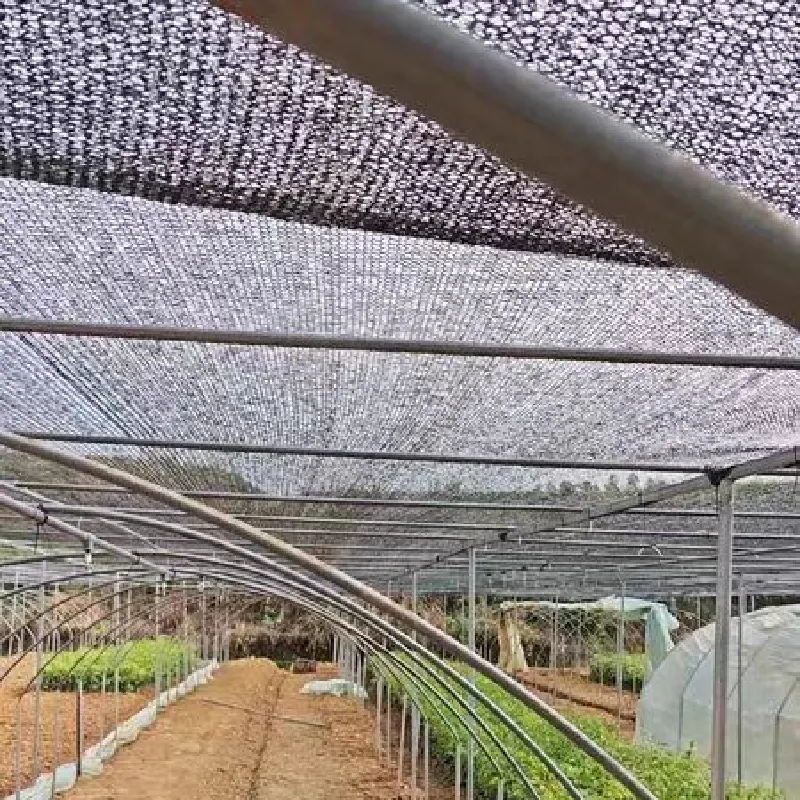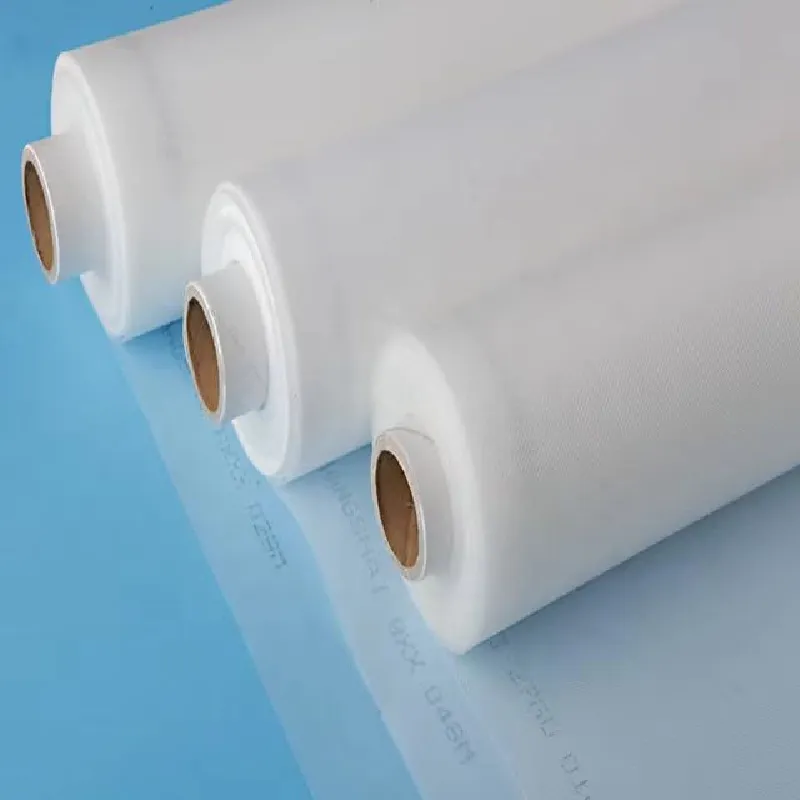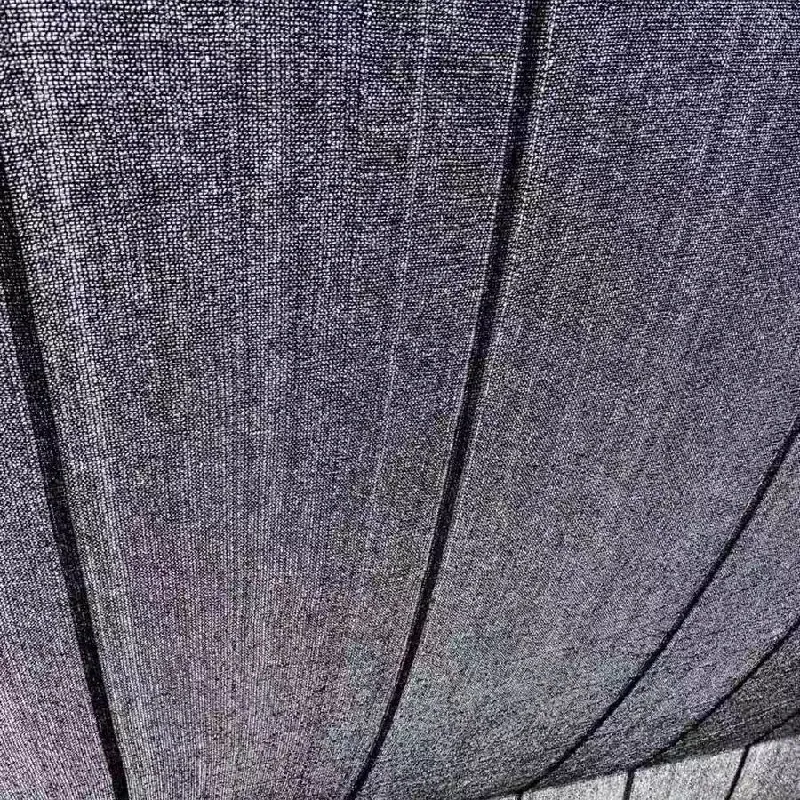Using 20-30 mesh insect nets friendly to pollinators in apple orchards supports sustainable pest management, reducing pesticide use by 60% while maintaining fruit set rates. The 25-mesh structure effectively blocks Japanese beetles (adult body length 15mm) and swallowtail butterflies, while allowing bees (body width 5-7mm) to pass through for pollination.
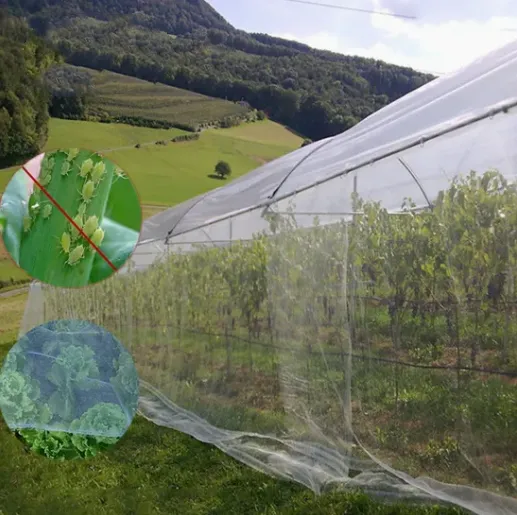
Mesh 25 Application Note:
Designed for tomato fields to block Colorado potato beetles and cabbage white butterflies while allowing natural ventilation
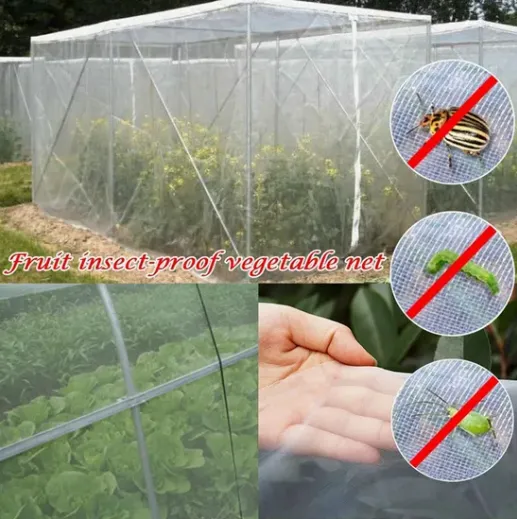
- 1.What is an insect net and what are its main functions?
- An insect net is a mesh covering made of high-density polyethylene (HDPE) or nylon. It blocks insects, birds, and other pest animals from crops through physical barrier principles, while maintaining ventilation and light transmission to reduce the use of chemical pesticides.
- 2. What does "mesh count" of an insect net mean, and how to choose the appropriate mesh count?
- The "mesh count" refers to the number of mesh holes per square inch. A higher mesh count means finer holes: 20-30 mesh: Suitable for blocking large insects like beetles and butterflies. 40-60 mesh: Effective against medium to small pests such as aphids and whiteflies. 80+ mesh: Ideal for preventing tiny pests like thrips and mites.
- 3. Which crops can be protected by insect nets?
- Insect nets are suitable for various vegetables (e.g., cucumbers, tomatoes, lettuce), fruit trees (grapes, strawberries), flowers, and medicinal herbs—especially leafy vegetables and berry crops prone to pest damage.
- 4. What scenarios are insect nets applicable to?
- Agriculture: Greenhouse vegetables, orchards, nurseries, greenhouses. Horticulture: Home gardens, balcony planting, potted flowers. Others: Pest control for farms, storage facilities, etc.
Schreift Äre Message hei a schéckt en un eis
Neiegkeeten Kategorien















































































































